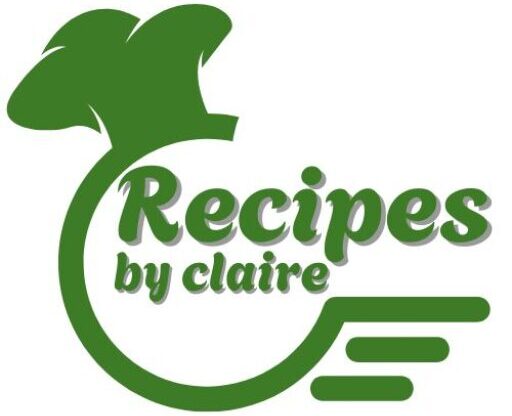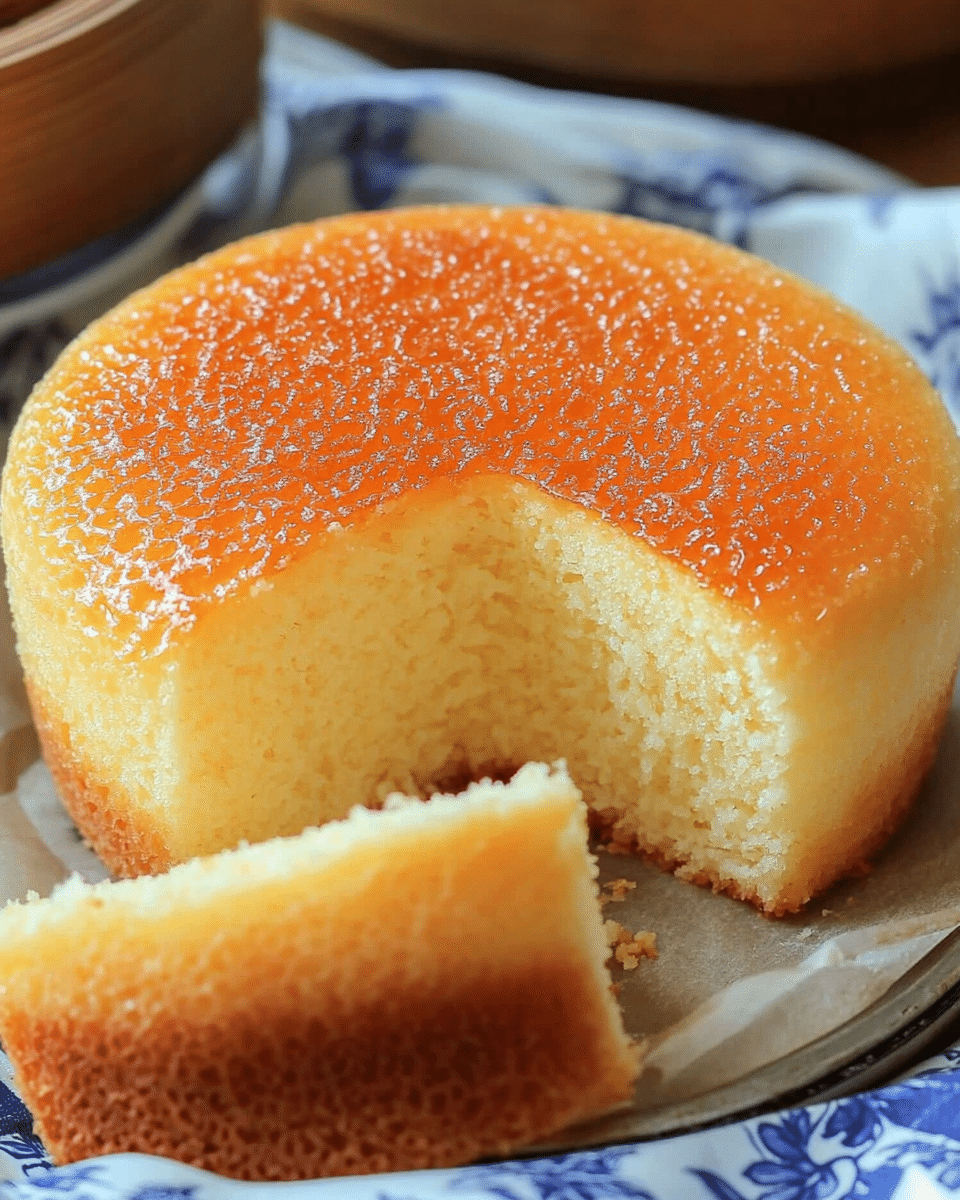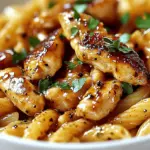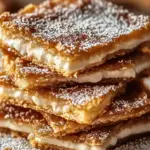The Chinese Egg Cake is a beloved dessert in many Asian households, known for its light texture, subtly sweet flavor, and elegant simplicity. This gluten-free delight is created by whipping eggs and sugar until airy and then gently folding in flour. Steamed rather than baked, it retains an ultra-soft and moist crumb that’s comforting and nostalgic. Often served at dim sum restaurants or during festive occasions, this traditional cake is a wonderful example of how few ingredients can come together to create something memorable. Whether you enjoy it plain or with a cup of jasmine tea, it’s a dessert that transports you to the warmth of homemade comfort. You’ll love how easy it is to make no oven required!
Full Recipe:
Ingredients:
-
4 large eggs
-
120g granulated sugar
-
120g cake flour, sifted
-
1 tsp vanilla extract (optional)
Directions:
-
Preheat your steamer or large pot with a rack inside over medium-high heat.
-
In a large mixing bowl, beat the eggs with a hand or stand mixer on high speed until pale and tripled in volume (about 6–8 minutes).
-
Gradually add the sugar while beating until fully incorporated.
-
Add the vanilla extract, if using, and gently fold in the sifted cake flour in batches. Be careful not to deflate the batter.
-
Line a 6- or 7-inch round cake pan with parchment paper and pour the batter in.
-
Tap the pan lightly to remove air bubbles.
-
Place the cake in the steamer and cover with a cloth under the lid to avoid water dripping.
-
Steam on high for 30–35 minutes.
-
Remove from heat and let cool slightly before unmolding.
Prep Time: 10 minutes | Cooking Time: 35 minutes | Total Time: 45 minutes
Kcal: 180 kcal | Servings: 6 slices
A Timeless Classic: The Allure of Chinese Egg Cake
Chinese Egg Cake, also known as Ji Dan Gao (鸡蛋糕), is a traditional treat cherished in many Asian households for its simplicity, delicate flavor, and cloud-like texture. Unlike many Western-style cakes, this dessert does not rely on butter, oil, or leavening agents such as baking powder. Instead, it achieves its lightness purely through the power of well-whipped eggs and careful steaming. It’s a minimalistic masterpiece, born from humble pantry ingredients, and elevated through thoughtful technique.
As more people seek lighter, less processed sweets or pursue gluten-free diets, the Chinese Egg Cake is reemerging as a favorite not just in Asia, but worldwide. It’s a beautiful blend of tradition and health-conscious simplicity, perfect for dessert tables, afternoon tea, or even as a sweet snack.
Cultural Roots and Traditional Significance
In Chinese culture, food is often symbolic. Cakes, especially egg-based ones, represent prosperity, growth, and happiness. Ji Dan Gao is often served during important life events like birthdays, weddings, and even during baby’s first-month celebrations (a practice called “满月” or “full moon”). The soft, airy texture of the egg cake signifies a smooth and prosperous future.
This cake also has a nostalgic element for many people across Asia. It evokes memories of childhood snacks bought from street vendors or shared at family gatherings. Its gentle sweetness and melt-in-the-mouth texture made it a comforting treat for kids and adults alike. And because it contains no butter or heavy cream, many parents felt comfortable giving it to their children.
A Gluten-Free Delight That Doesn’t Compromise on Taste
One of the most impressive aspects of the Chinese Egg Cake is that it’s naturally gluten-free, making it a perfect option for those with gluten sensitivities or those following celiac-safe diets. Traditional versions use fine rice flour or gluten-free cake flour, and the cake’s rise and structure come entirely from the air incorporated into the egg mixture.
Unlike many gluten-free desserts that rely heavily on nut flours, gums, or starches to mimic traditional textures, this recipe proves that simplicity can yield perfection. The final cake is so airy that it almost melts on the tongue, while the sugar brings just enough sweetness without overpowering the natural taste of the eggs.
Why Steaming Instead of Baking?
One of the defining techniques of Chinese Egg Cake is its steaming method. While Western cakes are often baked, steaming allows the egg mixture to stay moist, tender, and ultra-soft. Steaming also eliminates the possibility of over-browning or burning, making it a forgiving cooking method, especially for beginners.
Steaming is widely used in Chinese cuisine, particularly in southern regions like Guangdong, where dim sum culture reigns supreme. Egg-based steamed cakes are often found alongside dishes like char siu bao and har gow in bamboo baskets stacked high at dim sum restaurants. The technique keeps the cake moist and prevents it from drying out making it perfect for reheating and storing without compromising on taste or texture.
How Chinese Egg Cake Stands Out Among Other Sponge Cakes
While it might look similar to Western sponge cakes or even Japanese castella, Chinese Egg Cake is unique in its preparation and flavor profile. Japanese castella, for example, is heavier due to the addition of honey and is typically baked. Western sponge cakes often include butter or leaveners and are denser.
Chinese Egg Cake, in contrast, is ultra-light, and the steamed preparation ensures a delicate structure without crusty edges. The flavor is clean, eggy, and subtly sweet making it an excellent companion to tea or coffee. Some variations include vanilla or citrus zest, but many purists prefer the traditional plain version for its minimalist elegance.
Pairing and Serving Ideas
While delicious on its own, the Chinese Egg Cake pairs beautifully with various accompaniments. A cup of hot jasmine tea or green tea complements the sweetness and refreshes the palate. If you’re serving it as part of a more elaborate dessert platter, consider pairing it with fresh fruits like strawberries or mango slices. Some modern chefs even serve it with a dollop of whipped cream or a dusting of powdered sugar.
For festive occasions, you can also slice the cake into decorative shapes using cookie cutters or stack thin slices with light fruit jams in between for a layered presentation. The gentle flavor and soft texture of the cake make it a great canvas for both traditional and contemporary styling.
Healthier Baking for Modern Lifestyles
In today’s health-conscious world, the Chinese Egg Cake ticks a lot of boxes. It’s low in fat, free of dairy and gluten, and contains only a handful of ingredients. The absence of oil or butter makes it lower in calories compared to other desserts, and its airy texture means it’s satisfying without being heavy.
For parents looking to introduce healthy treats to their kids, or for individuals monitoring their sugar intake, this cake can be a smart option. Reducing the sugar slightly still maintains the structure and flavor, and using organic eggs enhances the overall richness naturally.
Tips for Achieving the Perfect Fluffy Texture
Though the recipe may seem simple, the technique is crucial. The biggest challenge is ensuring the eggs are beaten long enough to reach the “ribbon stage,” where the batter becomes thick, pale, and fluffy. This is what gives the cake its lift and airy texture. Patience and high-speed mixing are key.
Another important factor is folding in the flour gently to avoid deflating the batter. A light hand and minimal mixing ensure that the cake remains buoyant and delicate. Lastly, covering the steamer lid with a towel or cloth prevents condensation from dripping onto the cake, which can ruin its surface.
These tips might seem minor, but they can make the difference between a dense cake and one that is beautifully cloud-like.
Modern Variations and Creative Twists
Though traditionalists may prefer the original recipe, modern bakers have begun to experiment with new versions. Some popular variations include:
-
Matcha Egg Cake: Adds a subtle bitterness and beautiful green hue using matcha powder.
-
Coconut Egg Cake: Incorporates shredded coconut or coconut milk for added richness.
-
Layered Fruit Egg Cake: Slices the cake horizontally and fills it with whipped cream and fresh fruit.
-
Chocolate Swirl Egg Cake: Adds a swirl of cocoa powder for a marbled effect.
These creative adaptations maintain the essence of the dish while introducing new flavors and visual appeal making them ideal for Instagram-ready moments or party desserts.
Conclusion:
The Chinese Egg Cake is a timeless dessert that continues to charm both traditionalists and modern foodies alike. Its lightness, simplicity, and subtle sweetness make it a standout dish that fits into a wide range of lifestyles, from the gluten-free eater to the nostalgic home baker.
As the world continues to explore global cuisines, this humble yet elegant steamed cake proves that you don’t need fancy ingredients or complex steps to create something truly special. It’s a dish rooted in culture, crafted through technique, and shared through generations a dessert that warms hearts as much as it pleases taste buds.






